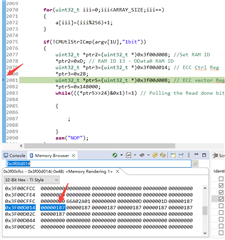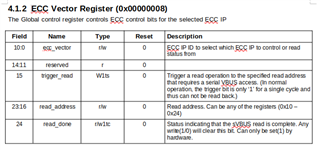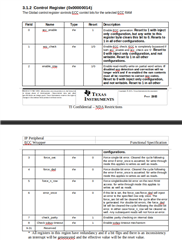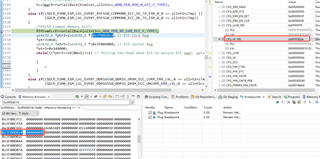Tool/software:
Hello
Do you have any examples of R5F Memory ECC single and double-bit error injection programs?
We are implementing the R5F.RAM-T1 - Software Test for Memory ECC diagnostics, which requires introducing errors.
SDK:mcu_plus_sdk_am243x_09_00_00_35
Thanks
Jimmy








